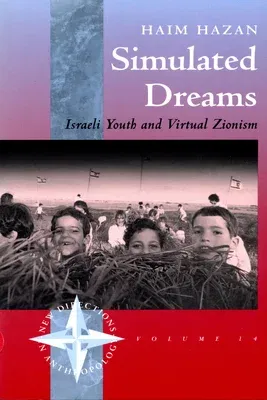Haim Hazan
(Author)Simulated Dreams: Zionist Dreams for Israeli YouthPaperback, 1 December 2001

Temporarily out of stock
Free Delivery
Cash on Delivery
15 Days
Free Returns
Secure Checkout

Part of Series
New Directions in Anthropology
Part of Series
New Directions in Anthropology, 14
Print Length
128 pages
Language
English
Publisher
Berghahn Books
Date Published
1 Dec 2001
ISBN-10
157181325X
ISBN-13
9781571813251
Description
Product Details
Author:
Book Format:
Paperback
Country of Origin:
US
Date Published:
1 December 2001
ISBN-10:
157181325X
ISBN-13:
9781571813251
Language:
English
Location:
New York, NY
Pages:
128
Publisher: